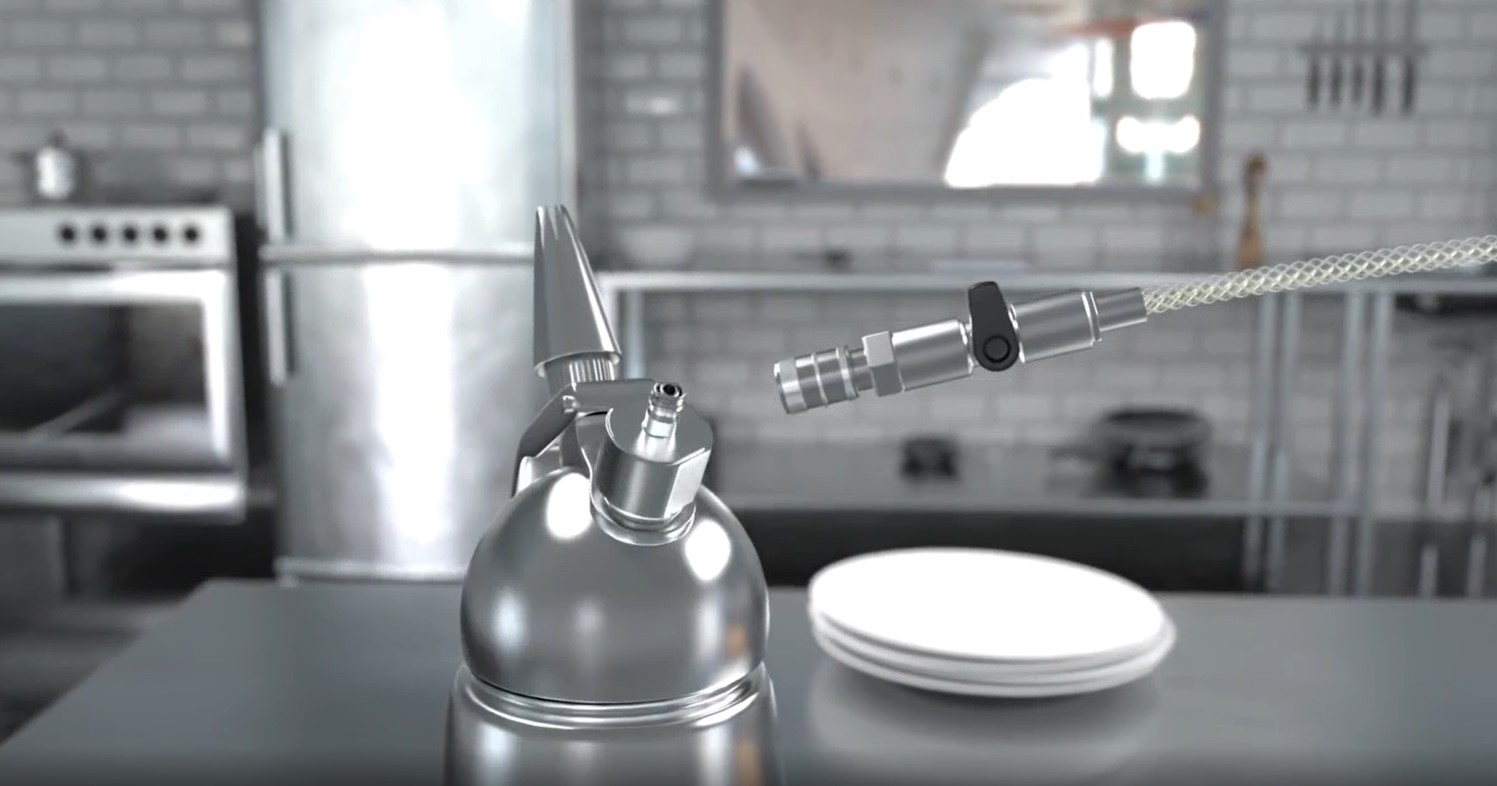Table Of Contents
A microwave is a convenient electrical appliance for dry heating or baking your foods. To get the food inside the microwave, you would need a holding container or a dish for the food. It will help the food not get in contact with the microwave’s metal surface and absorb the required heat. So microwave-safe dishes are required for this task. But first take a pat certificate UK for your microwave oven that it is working properly.
But if you have a dish that doesn’t have any written instructions and you don’t know if it’s microwave-safe or not. The question arises of how to test if a dish is microwave safe. Let’s have a quick look at this.
Learn How To Test If a Dish Is Microwave Safe
To understand if the dish is microwave-safe or not, you can do some simple tests. For a top-notch microwave-safe dish, you can also check out some reviews for microwave-safe dishes here.
Things you will need
- A microwave-safe cup filled with water.
- Test sample Dish
- Oven mitts
Initial testing:
Get your microwave-safe cup and fill it with water. Put it in a microwave and run the microwave at the highest temperature for 30 to 50 sec. Take the cup out. The microwave-safe cup will be safe to handle, and it won’t absorb any heat. Only the water should be warm.
Testing the sample dish:
Put your dish into the microwave. Now put your microwave-friendly cup filled with cold water into the microwave. If the container is small in size, you can put both the dish and cup side by side. If the dish is too big, then you can put the cup on top of the dish.
Now set the microwave at its highest temperature. Keep your dish and the water-filled cup for a minute or two. Use an oven mitt as you don’t know if the dish in question is safe to touch or not. Take them out of the oven.
After taking them out, first, check the water temperature. If the water is hot, then move on to the dish. Touch the dish and check the temperature. If the container is hot, then it’s not microwave-safe. You can mark the test sample dish and keep it out of the microwave.
Microwave-safe dishes won’t absorb heat. It will only work as a holding container for the food and let the foods absorb all the heat.
Microwave safe dishes:
A dish made out of ceramic or glass or porcelain is usually safe to use in a microwave. The manufacturer will mention or label them as microwave safe or microwave friendly. There should be a written description or an oven logo with waves. If you still have any doubt, you can always rely on the test mentioned above. It will surely give you a proper idea of the topic.
Metal dishes or dishes with metal coating or attached metal parts that are not microwave-safe. Metal dishes will create electrical disturbance and affect the longevity of the microwave. Plastic dishes are not safe for microwaves; even if you see microwave-safe or microwave-friendly written on the plastic dish body, please do the test mentioned above to be entirely sure. Plastic has a pretty low melting temperature, and if it melts and gets mixed with your food, it will be harmful to consume.
You shouldn’t put in broken dishes, even if the dish is made out of ceramic or glass or porcelain. The broken or cracked dishes might leak the food and water. Separate the broken, cracked dishes from the rest of the dishes.
Clay or stone dishes manufacturers apply lead glaze on top of the surface. These dishes aren’t safe for microwave use. White paper and paper-made dishes are somewhat safe to use on a microwave, but brown paper and newspaper aren’t microwave friendly. So avoiding them would be a safe decision.
Final words
I hope you got the gist of the article. Now you know how to test if a dish is microwave safe. Non-microwaveable dishes mostly create an electrical disturbance or get melted and mixed with the food. They also release toxic chemicals when melted. It would be wise to check out the dish before putting it in the microwave. If you still have any doubt, you can always rely on the mentioned test.






